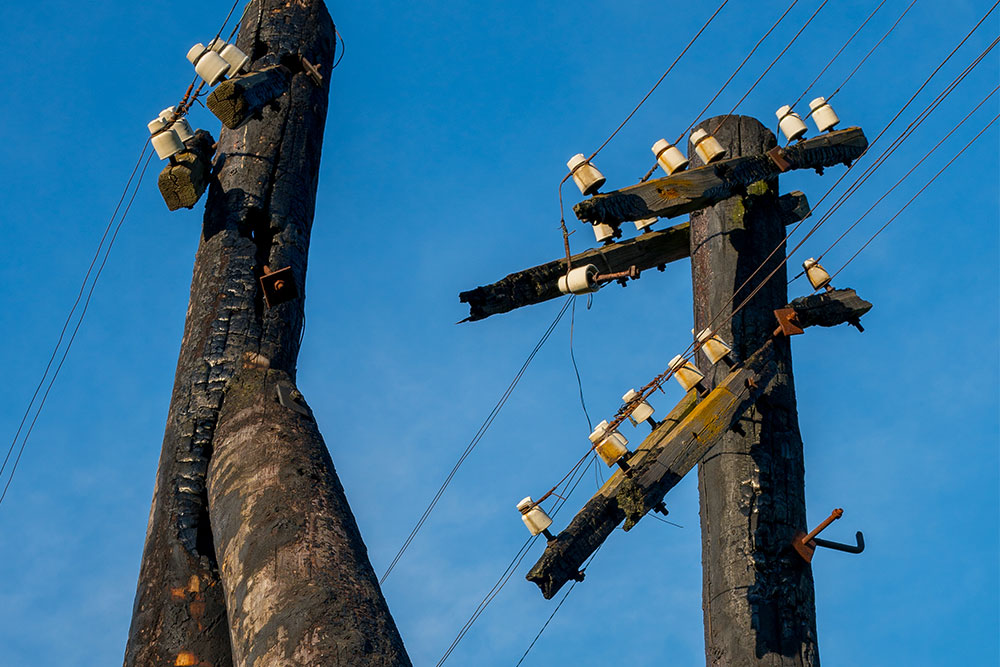James Corner*, who had been inspecting electric poles at a reputed utility company, never showed any specific signs of damage. Yet during a random audit, it came to light that thousands of pole inspections were inaccurate, not completed, and merely marked as such. As a result, the company’s outcome must navigate severe allegations of negligence, poor process control, and oversight.
Many marked safe poles were not inspected and had significant structural problems, posing a definite risk to life and property. At the scale this happened, the damage caused was to some extent irreparable. James, it was later discovered, was marking inspections complete because of health issues and fatigue-inducing medication. Nevertheless, the question lingers – how did this oversight happen at such a large scale and over an extended period? What are the implications of such a lapse, what is the price to be paid, and how can such serious omissions be avoided?
The Devil is in the detail:
What might appear to be simple routine work like poles inspection involves not just a ton of detail and the meticulous effort to accurately capture, record, and report data but also the valuable high stakes of the very nature of work. When inspections are not done accurately or faithfully, the consequences can be nothing short of catastrophic:
- A rotten pole marked as safe can be ignored instead of repaired or replaced, posing the severe threat of collapse on people and property, causing fires, blackouts, electrocution, and physical damage.
- When the problem is unrecognized for a period and becomes a pattern, it can be complicated managing damage control; this could involve a tremendous amount of time, money, and effort re-inspecting, making the needed repairs and replacements, and ensuring the least disruption of service during this exercise. It’s also a well-known principle that a problem ignored becomes more significant and the cost of addressing it is much higher the more the resolution of the issue is delayed.
- Companies that find themselves in this situation can face legal ramifications for gross negligence. Worse still, if an accident occurs causing injury, death, or damage to property, the financial impact of the legal outcome can set the company back significantly.
- Once doubts arise about the company’s ability to ensure safety and hygiene in its infrastructure, the damage to its brand and goodwill is complicated to recover. Salvaging takes time, and severe lapses like this are not forgotten easily.
- Senior stakeholders must answer for team lapses, leading to extended and unpleasant investigative procedures.
- Besides the “public” loss of reputation for the brand, employees suffer the impact of the damaged reputation and may experience loss of morale, loss of productivity, anxiety, and fear.
From the 360-degree nature of these outcomes, it’s amply clear that negligence and oversight in this space will cost the organization more than just money, time, and effort. The risks extend to customers, senior stakeholders, teams, and the general public.
How do such lapses occur?
- Systemic Oversight: Of course, we are looking only at the various possibilities that could lead to inaccurate data being captured and reported. The problem becomes so systemic that it recurs and stays unresolved. Regardless of whether the problem occurs by willful neglect or oversight, the fact remains that the data captured has not been validated. One reason could be that people and processes fall into a lazy rhythm, and indifference sets in. Things get taken for granted, and slowly the system loses its sense of precision.
- Manual Data Capture: The other reason could be the very nature of data capture from the field. For example, manual paper and pencil methods are used to capture field data; this by itself could lead to inaccurate data because of data field omissions, illegible handwriting, damage to the paper forms during transit, loss of forms, wrong manual data entry at the back office, and mismanagement of data entry processes and quality checks.
- Lack of Validation: If the process involves thorough validation, primarily through a digital strategy, a rotting pole, for instance, could never be marked as fit and stay that way in the system. Photos, video footage, counter-inspection protocols, and digital data field validation will build in the needed layers to ensure thoroughness. However, validation suffers significantly when the process is manual. And this brings us to the reason most forward-looking utility companies are going digital.
- Digital – the only sustainable route to error-free operations :Knowing the criticality of managing field operations, companies have moved to Digital Field Data Collection using advanced GIS-enabled apps like Fielda. In the business of field data management, there are several uncontrollable factors in the field. Therefore, organizations must have absolute control of the elements that are influenceable, how field staff gathers, records, and reports field data, how the data is managed and leveraged for operational efficiency.
Fielda’s GIS-enabled platform enables operations teams to design, customize, and use data-gathering forms and workflows. All the complex data points from utility pole inspections such as pole specifications, dimensions, fitness status, status of service, repairs, parts replacement, and technicians on the job can be gathered, validated, and available almost in real-time for managers to ensure that both routine work and rapid response are seamless. Our powerful GIS-enabled platform means that managers can plot assets on a map the way they need to and gain instant access to location-specific asset-specific details for the most informed resource planning and staff allocation decisions.
With Fielda, you control the micro and the macro, ensuring you stay on top of the quality of execution down to the last detail.
Click here to try Fielda for free or Connect with us, and we’ll be happy to tell you more.
*Name changed
